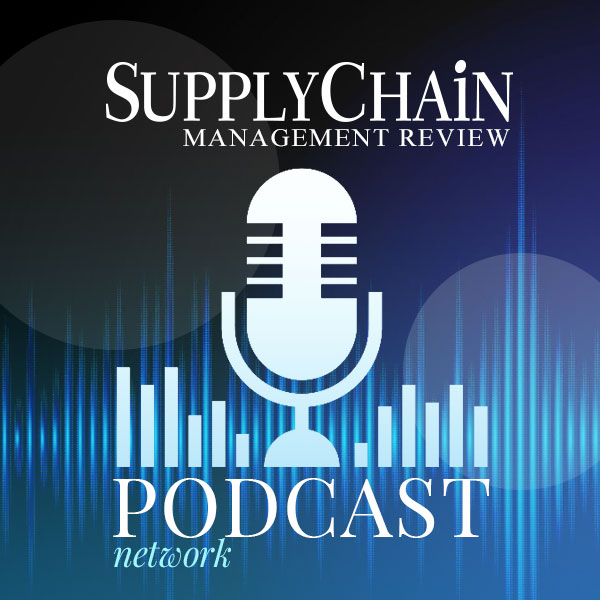Editor’s Note: Justin Yoon's research project won the MIT Supply Chain Masters Best Project Competition sponsored by The New England Roundtable of the Council of Supply Chain Management Professionals.
Every year, 40 or so students in the MIT Center for Transportation & Logistics' (MIT CTL) Master of Supply Chain Management (SCM) program complete one-year thesis research projects. The students are early-career business professionals from multiple countries with 2 to 10 years of experience in the industry. Most of the research projects are chosen, sponsored by, and carried out in collaboration with multinational corporations. Joint teams that include MIT SCM students and MIT CTL faculty work on the real-world problems. In this series, they summarize a selection of the latest SCM research.
In the increasingly competitive landscape of e-commerce and omni-channel delivery execution, the last mile has emerged as a critical source of opportunity for cost efficiency. Unmanned aerial vehicles (UAVs) have historically been utilized for military applications, but they are quickly gaining traction as a viable option for driving improvements in commercial last-mile operations. We explored the feasibility of deploying drones in the last mile, by modeling the cost of serving customers with one truck and multiple drones. A sensitivity analysis was then conducted by varying several key parameters, such as drone speed and endurance, number of drones available, and truck speed.
Last, But Not Least
Given the vast and growing size of the parcel delivery market, it is crucial for companies to identify pivotal opportunities to gain a competitive edge. The rapid expansion and establishment of e-commerce by companies like Amazon are primary drivers and leading indicators for this growth. In 2015, consumers worldwide spent $1.7 trillion on e-commerce; this amount is projected to double to $ 3.5 trillion by 2019. To capitalize on this shift, it is important for companies to understand that over half of global parcel delivery costs are primarily incurred in the last mile.
Drone delivery as a method to solve for the last mile was first publicly proposed by Jeff Bezos, the CEO and founder of Amazon, in an interview conducted by the TV program 60 Minutes. Amazon was quickly followed by Google and DHL in 2014, Dominoes in 2016, and UPS in 2017. Last-mile solutions with drones have since emerged as a front runner in solving for this particular challenge, due to the potential for reducing labor costs and improving fuel efficiency.
Best of Both Worlds
While drones offer significant benefits with their ability to travel at relatively high speeds and bypass obstacles, they are not without their shortcomings. Payload capacity and range is limited. Conversely, trucks are slower in dense traffic, but have significantly higher capacity and range.
In order to take advantage of the benefits of both vehicles, we modeled a structure in which drones are attached to trucks and dispatched to deliver single packages while the truck continues on to serve customers. After the drone delivers its payload, it then rendezvous with the truck to obtain a new battery and package in preparation for the next launch.
Cost Savings, At Every Turn
Having identified the model described above, we iterated simulations while varying key parameters.
Drone speed/endurance. A 10 mph increase from 25 to 35 mph yields an improvement of over 20% in cost savings. An increase in 10 minutes of endurance leads to an improvement of only 2-4% of average savings.
Number of drones available. Increasing the number of units from one drone to two drones available yields an increase of over 10% in savings, while going from two to three drones yields a 3% improvement.
Truck speed. Savings increase by 10% as truck speed moves from 25 to 20 mph, and by approximately 7% as truck speed moves from 10 to 5 mph.
Overall, our findings show that under a wide range of potential scenarios, the use of drones as a supplement to delivery trucks show significant savings, with a base case median savings of 30% over using truck only. These savings are compelling enough to attract significant investment and future growth in the integration of drones in last-mile delivery.
The SCM research project Last-Mile Delivery Optimization Model with Drones was authored by Justin Yoon, and supervised by Dr. Mohammad Moshref-Javadi, Postdoctoral Associate, MIT Center for Transportation & Logistics, and Dr. Matthias Winkenbach, Director of the MIT Megacity Logistics Lab. For more information on the research please contact Matthias Winkenbach at [email protected].
SC
MR

Latest Supply Chain News
- Tech investments bring revenue increases, survey finds
- Survey reveals strategies for addressing supply chain, logistics labor shortages
- Israel, Ukraine aid package to increase pressure on aerospace and defense supply chains
- How CPG brands can deliver on supplier diversity promises
- How S&OP provides the answer to in-demand products
- More News
Latest Resources

 Explore
Explore
The Academy News
- AI, virtual reality is bringing experiential learning into the modern age
- Predicting stockouts: Enhancing FMCG resilience through data-driven insights
- Finding the Right Approach for Supply Chain Education
- The Supply Chain Triad
- Innovating Supply Chain Higher Education with Generative AI
- How Smart Supply Chain Management Boosts Brand Identity
- More The Academy
Latest Academy Resources

Subscribe

Supply Chain Management Review delivers the best industry content.

Editors’ Picks





